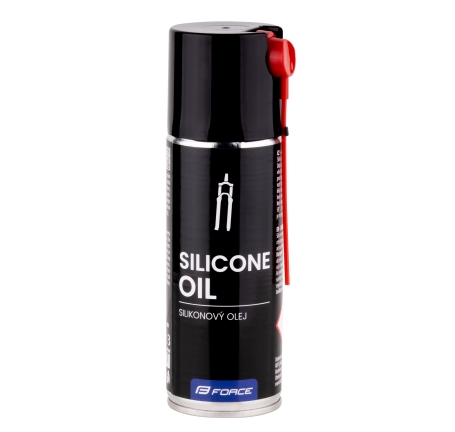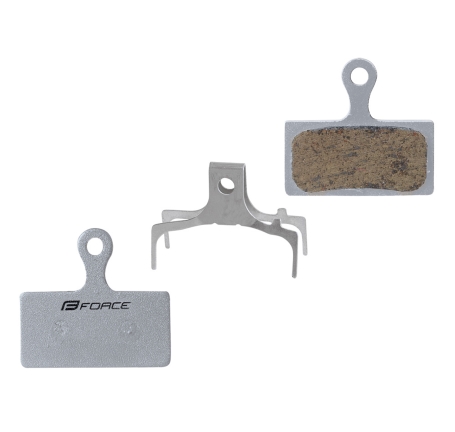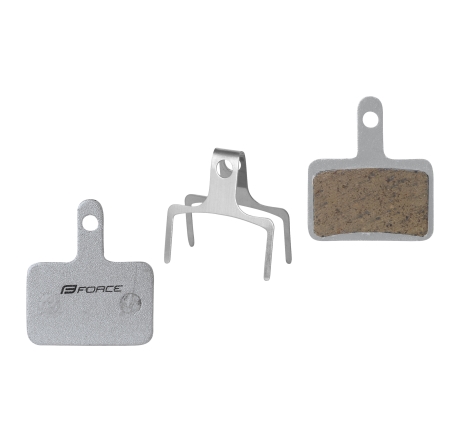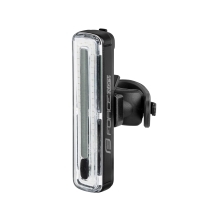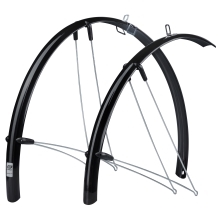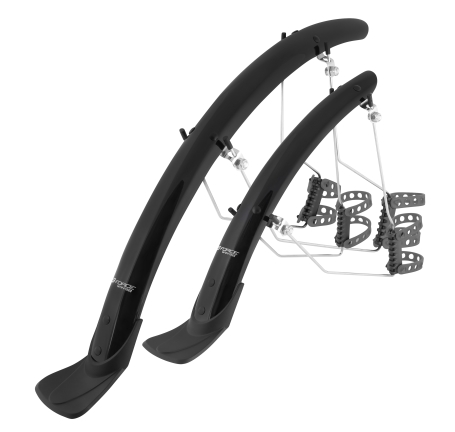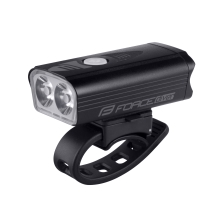Many cyclists continue riding bikes even in winter. Some take it from the garage to the comfort of the living room and clamp it to the home trainer or put it on rollers. Others just transfer from bike to bike and head out into the winter doldrums to rack up the miles. And what do we mean by switching from bike to bike? Just swapping a shiny summer beauty for a slightly battered but perfectly functional workhorse for adverse conditions.
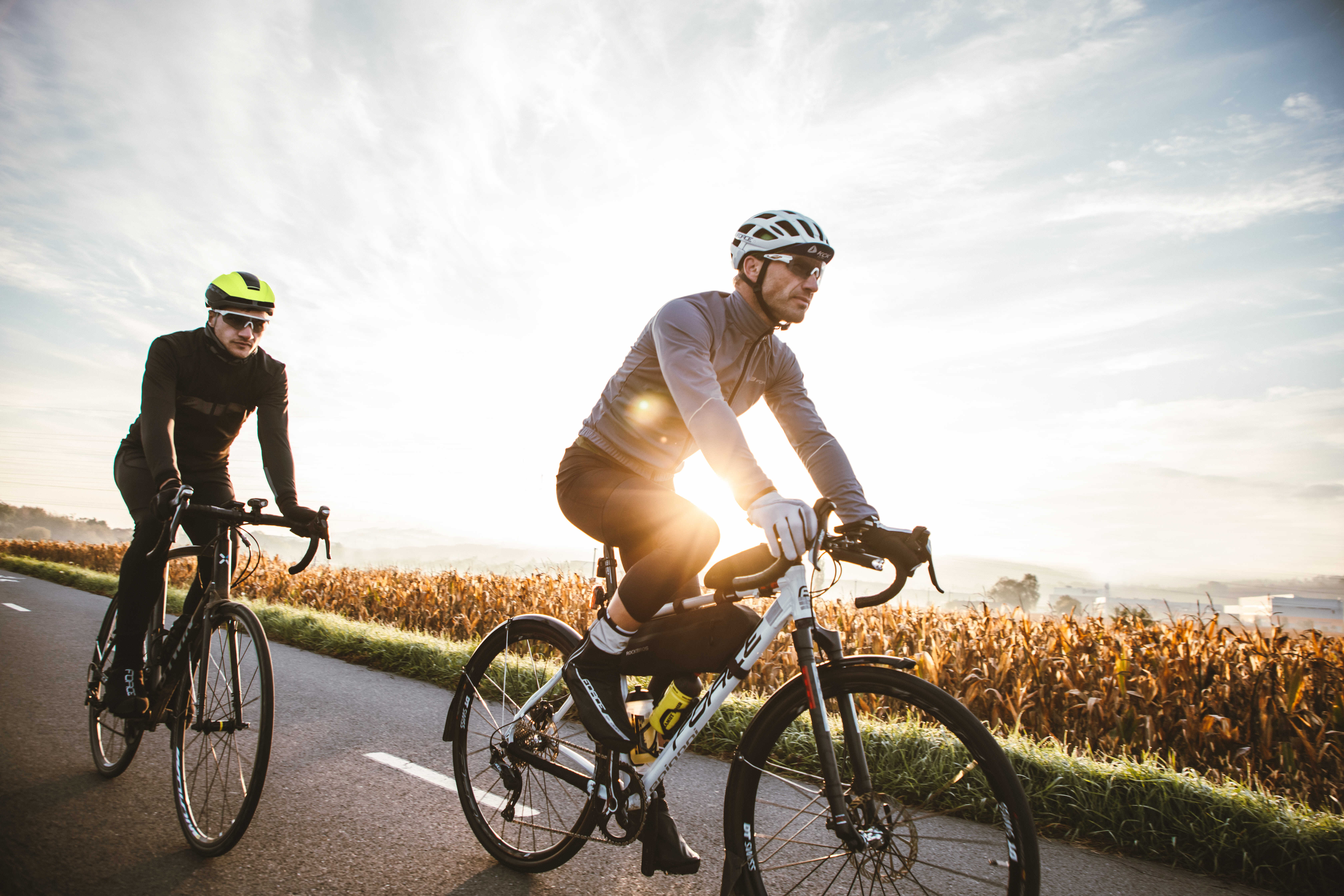
WHY IT'S GOOD TO HAVE A WINTER BIKE
There are several advantages of having a bike suitable for riding from late autumn to early spring. First of all, a "winter bike" tends to be a little less well-equipped bike that you won't mind being exposed to water, salt and other debris. The other reason is that outdoors you strengthen your physical condition and immunity in a natural environment, because you are still in the saddle, feeling the resistance of the road and can plan your routes differently depending on what you are in the mood for.
Unfortunately, the last part of the previous sentence doesn't apply to training a trainer. That is unless you have one of the smart trainers at home, which you connect to your TV or computer via an app and can virtually ride anywhere in the world. But you're kind of still pedalling around your living room at home and looking at the monitor. And it's just not the same. While you can keep better track of watts and measure power, you'll also quite likely annoy the neighbours (if you live in an apartment) because some treadmills and rollers can give off annoying vibrations.
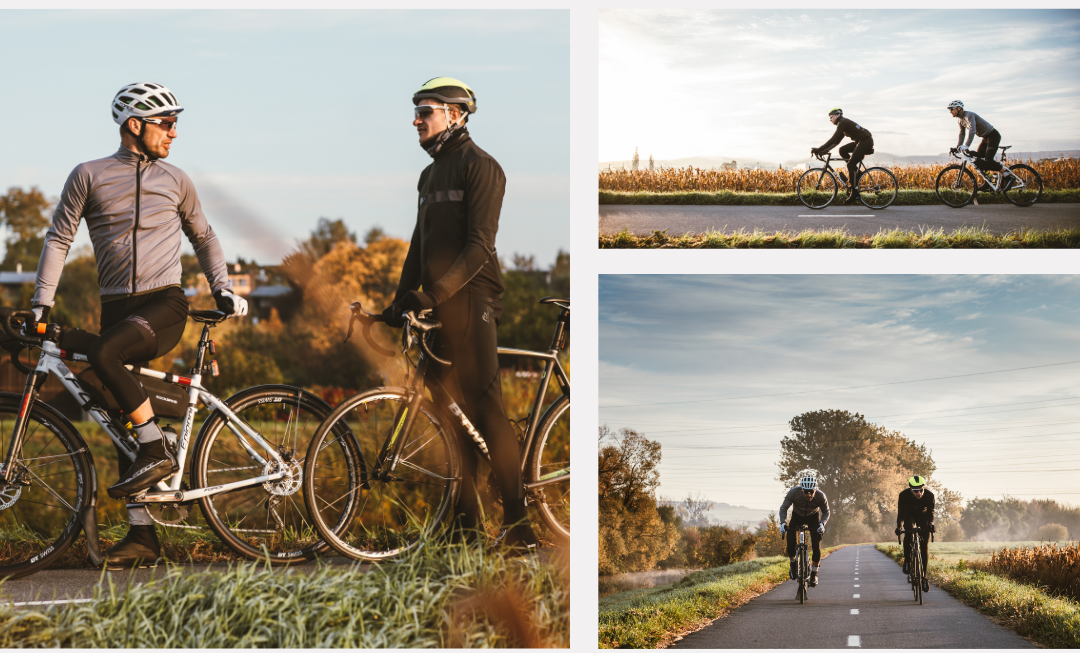
THE DIFFERENCE BETWEEN A WINTER BIKE AND YOUR MAIN BIKE
Pro riders don't worry about the differences between the winter bike and the main wheel. They have several identical wheels and just put mudguards and a few reflective elements on one of them. Hobby riders (which is not meant to offend those who race but are not professionals) are not so lucky and to avoid destroying their expensive material, they have to get a second bike that they will destroy in the inhospitable conditions of winter. Most of the time these are older, second-hand bikes that are fitted with inferior components. And that's because the owner doesn't feel so bad if he destroys something. Furthermore, winter bikes are fitted with mudguards that cover a large part of the wheels, wheel guards (ideal for riding in a pack, so that water doesn't splash on the rider behind you), quality lights and reflective elements, as training on a winter bike usually takes place in the morning before work or, conversely, in the afternoon after work
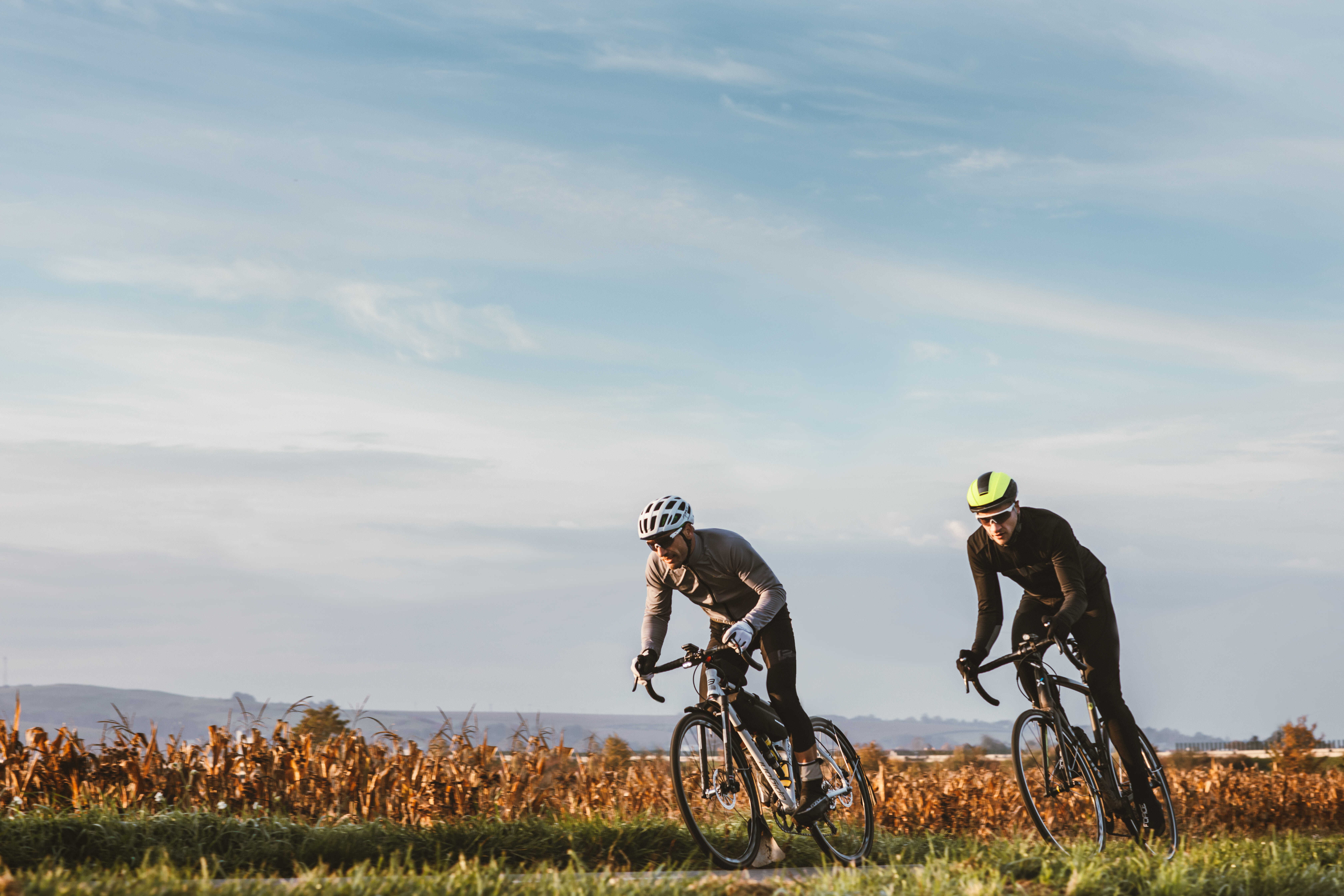
WHAT TO LOOK FOR IN A WINTER BIKE
As already mentioned, be sure to get good-quality mudguards, reflective elements and front and rear wheel guards for your winter bike. You can make these at home, e.g. the rubber sheeting used in schools. We also recommend good quality tyres with a coarser tread (than for summer riding) for better water and dirt drainage, new brake rubbers or new brake pads to hold you up in the wet. Don't forget a good quality front light and a high-intensity rear flasher.
PRO TIP
And since we have several former and still active racers and cycling enthusiasts on our team, we have again prepared tips for you on what bike to use as a winter bike and how to keep it functional during the winter:
- We recommend getting a cheaper gravel bike with mechanical disc brakes, which allows easier mounting of mudguards, the possibility of fitting wider tyres, and most importantly, offers disc brakes that have better braking power in the wet.
- Get some anti-corrosion car wax and coat all chrome and zinc-plated bolts with it. Also, look at other adjusters and duralumin parts that don't have a coating. This will prevent corrosion and oxidation.
- Clean the bike regularly and lubricate the chain. For easier maintenance and washing of the bike, always spray the frame and fork with FORCE SILICON spray after washing. Use FORCE EXTREME wet lubricant on the chain over the winter.
- Don't forget to put wheel guards on your mudguards. A front one will protect your frame and centre compound from salt, plus you won't get water splashing on your gaiters and shorts and you'll stay dry longer.
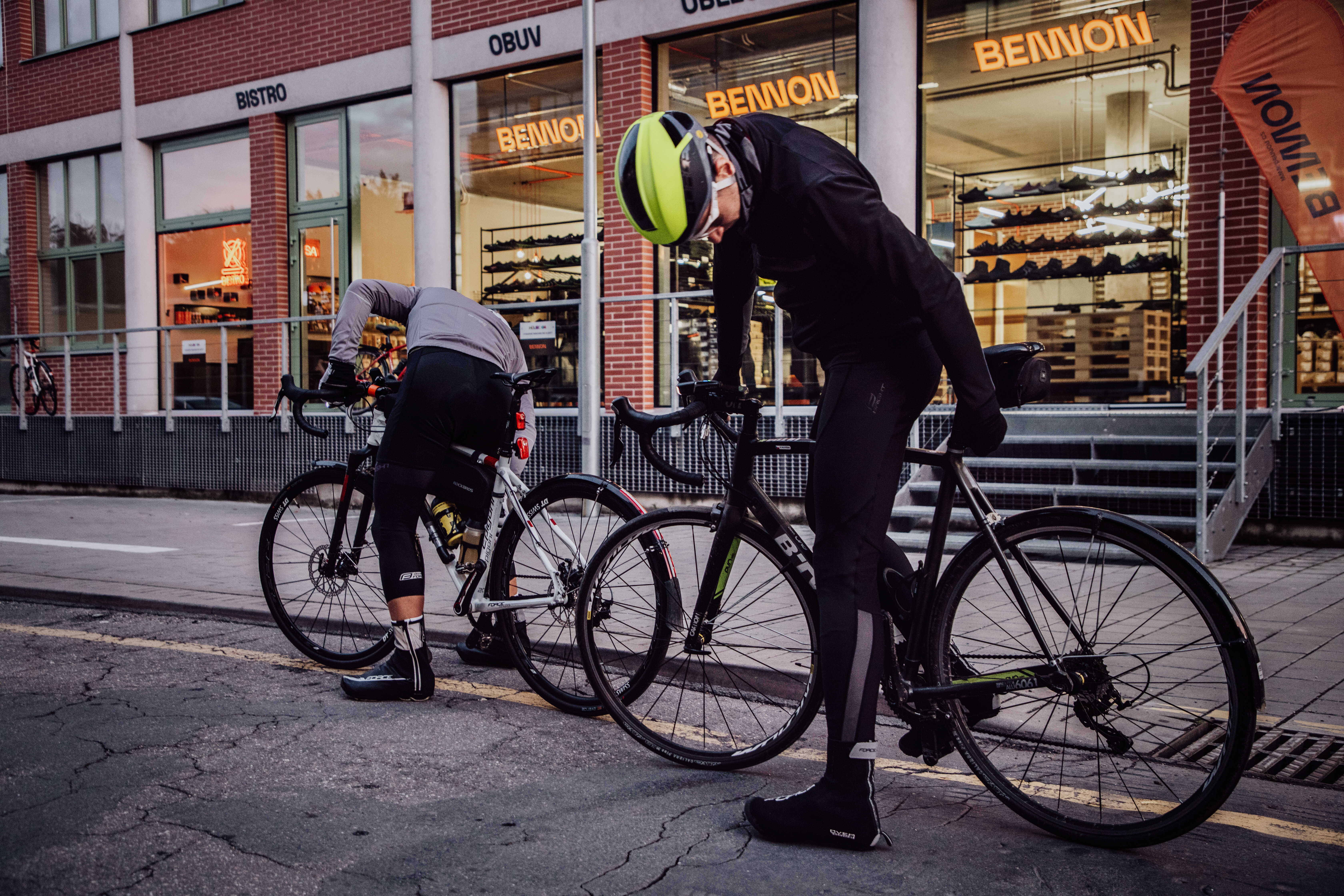
DO YOU TRAIN IN THE WINTER?
How are you doing with your training over the winter? Show us a picture of how you train in winter in our Facebook profile. Whether outdoors or at home on the rollers or trainer. And if you are missing some of the training aids or fenders, come to our shop in Otrokovice and our sales staff will be happy to recommend the products that will be most suitable for your use










